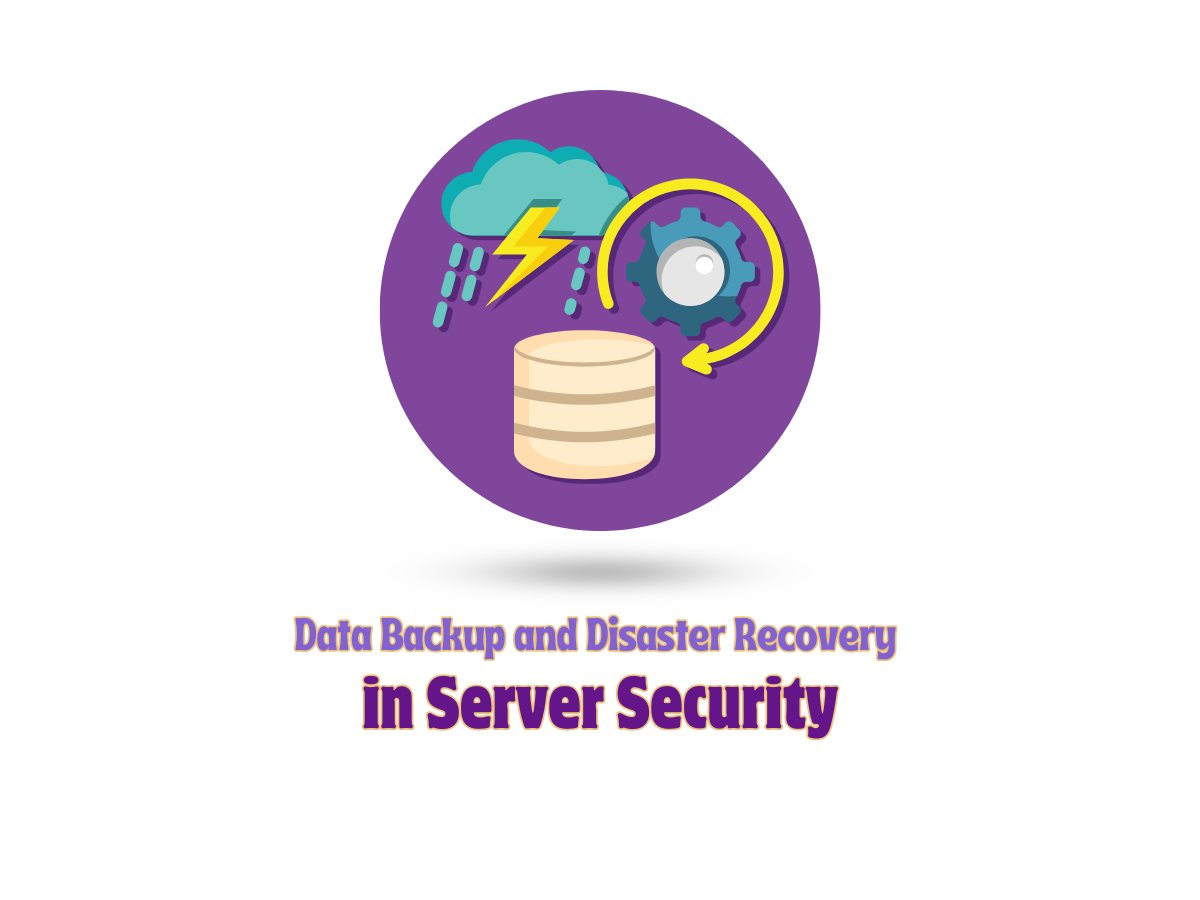
Data Backup and Disaster Recovery in Server Security
In today’s digital landscape, where data is the lifeblood of businesses, safeguarding against data loss and downtime is paramount. Data backup and disaster recovery (DR) strategies are vital for server security. They ensure resilience and continuity. These measures protect the integrity of critical systems. They prepare for unforeseen events and emergencies. In this article, we’ll explore the importance of data backup and disaster recovery in server security and outline best practices for implementing robust backup and DR solutions.
1. Importance of Data Backup and Disaster Recovery:
Data backup and disaster recovery are critical aspects of server security for several reasons:
– Protection Against Data Loss: Data loss can occur due to various factors, including hardware failures, software errors, cyberattacks, human error, and natural disasters. Backup and DR strategies reduce the risk of data loss. They create redundant copies of data and systems. This ensures critical information can be restored. It prepares for incidents and disasters.
– Minimization of Downtime: Downtime can have severe consequences for businesses, resulting in lost revenue, decreased productivity, and damage to reputation. DR solutions minimize downtime by quickly restoring operations after disruptions. This reduces the impact on business continuity and customer satisfaction.
– Compliance and Regulatory Requirements: Many industries have regulations requiring data protection, retention, and recovery practices. Compliance with these standards is mandatory. Implementing robust backup and DR solutions helps organizations meet regulatory requirements and demonstrate compliance with data protection laws.
2. Best Practices for Data Backup:
Effective data backup strategies involve the following best practices:
– Regular Backup Schedule: Set a regular backup schedule to ensure critical data and systems are backed up consistently. This minimizes the risk of data loss. The frequency of backups may vary based on the importance of data and the rate of data change.
– Redundancy and Offsite Storage: Keep redundant backups in secure, offsite locations to protect against local disasters. This safeguards data from fires, floods, or theft. Cloud-based backup solutions offer convenient and reliable offsite storage options.
– Incremental and Differential Backups: Use incremental or differential backup techniques to optimize storage space and minimize backup times. These methods only back up data that has changed since the last backup, reducing the volume of data transferred and stored.
– Encryption and Security: Encrypt backup data to protect it from unauthorized access and ensure data privacy and integrity. Implement access controls, authentication mechanisms, and encryption protocols to secure backup repositories and prevent data breaches.
3. Best Practices for Disaster Recovery:
Disaster recovery strategies involve the following best practices:
– Disaster Recovery Plan (DRP): Develop a comprehensive disaster recovery plan that outlines procedures, protocols, and responsibilities for responding to and recovering from disasters. The DRP should address various scenarios, including hardware failures, cyberattacks, natural disasters, and human errors.
– Priority and RTO/RPO: Prioritize critical systems and data for recovery based on their importance to business operations. Define recovery time objectives (RTOs) and recovery point objectives (RPOs) to establish targets for restoring services and data following a disaster.
– Testing and Validation: Regularly test and validate the effectiveness of the disaster recovery plan through simulated exercises, tabletop drills, and scenario-based testing. Identify weaknesses, gaps, and areas for improvement, and refine the DRP accordingly to ensure readiness and resilience.
– Failover and Redundancy: Implement failover and redundancy mechanisms to ensure high availability and continuity of operations. Utilize technologies such as clustering, load balancing, and failover clustering to distribute workloads and resources across multiple servers and data centers.
Conclusion:
Data backup and disaster recovery are integral components of server security, providing organizations with essential safeguards against data loss, downtime, and disruptions. By implementing robust backup and DR strategies, organizations can protect critical systems and data, minimize the impact of disasters, and maintain continuity of operations in the face of unforeseen events. With a proactive approach to data protection and resilience, businesses can enhance their security posture, mitigate risks, and safeguard their reputation and assets in an increasingly digital and dynamic world.







